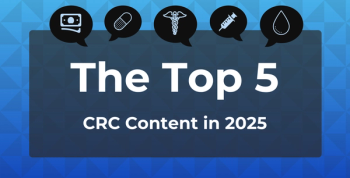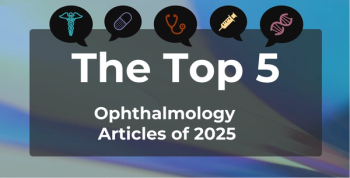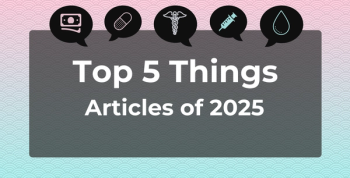
Do Employee, Consumer, Financial Leader Concerns Align in a Post–COVID-19 Workplace?
According to the most recent PwC Health Research Institute Consumer Survey results, the top consumer concerns for the post–coronavirus disease 2019 (COVID-19) period are overall health and financial well-being, with 32% saying health-related spending adjustments have already occurred or are in the planning stages.
According to the most recent
“The delivery of care may look very different after the pandemic,” the report states. “The American consumer may take a more active role in managing health and participating in a system that is being remade.”
From April 2-8, the Health Research Institute (HRI) surveyed 2533 US workers online about their health-related behaviors and concerns as they have or have not been affected by the ongoing pandemic. Although 56% and 54% are not planning on changing their spending habits toward medications or healthcare visits, respectively, 32% already have made such health-related spending adjustments. In addition, an alarming 52% worry about medication availability and 22% would skip doses to ensure they do not run out of their prescriptions. Others volunteered they would reconsider even asking for a prescription.
Meanwhile the use of telehealth continues to expand, with an overall 5% of Americans saying they or a family member have used the now-expanded offering. The top users among this group are those with chronic conditions (37%) or complex chronic diseases (32%); the healthiest are the least likely (3%).
These concerns have influenced both employee and
Employers have to keep in mind, though, that it’s not just health-related concerns that are affecting their employees at the moment.
“Employers will need to become more involved in these social determinants to help keep the workforce healthy,” the report states.
With a majority of all age groups continuing to practice social distancing measures—from 58% of 18- to 24-year-olds to 95% of those 65 years or older—communication is more important than ever. Therefore, as the pandemic stretches on but the economy slowly whirs back up, employers should consider communications and interventions that match their employees’ concerns, especially health-related information.
During the pandemic, the HRI report shows, 59% of consumers have been getting their health information from the local news, 56% from the national news, and 26% from social media. Just 16% have received such information from their employers, and they view that information as less accurate. This represents “an opportunity to increase trust with employees during the pandemic by being accurate sources of health information,” the report notes.
Financial Leaders’ Perspectives
Results from a second PwC survey,
“As some states look to reopen, business leaders are recognizing they not only play a crucial role in the health, safety, and stability of their employees, but also that of their communities,”
Due to ongoing recommendations for social distancing, 77% overall predict they will need to implement new workplace safety measures when offices start to reopen, 65% will reconfigure work sites, and 52% will use alternating schedules to stagger employee attendance. An additional 50% foresee an uptick in employee demand for enhanced sick leave policies, while 49% believe remote work is here to stay. All in the name of greater flexible work options.
Because consumer safety is also a concern, as well as a risk, a majority (54%) of healthcare CFOs have plans to implement automated work processes compared with 40% of all businesses. In connection, 70% (more than any other industry) predict an uptick in employee protection requests over the next month.
The report notes, “Healthcare organizations are simultaneously solving two critical issues: uncertainty about demand and protecting their workforce.”
The technology, media, and telecommunications sector, meanwhile, is most likely to change workplace safety measures (73%), reconfigure work sites (70%), and reduce its real estate footprint (38%).
“COVID-19 has put businesses under enormous strain to drive new ways of working,” the report concludes. “When the pandemic began, many companies put their people’s health and safety at the center of their decision-making, and they appear to be doing the same as they prepare to ramp up business.”
Newsletter
Stay ahead of policy, cost, and value—subscribe to AJMC for expert insights at the intersection of clinical care and health economics.







































